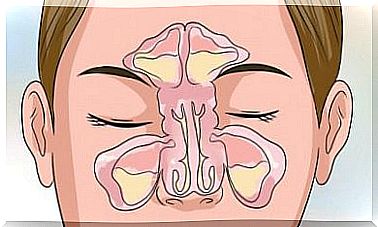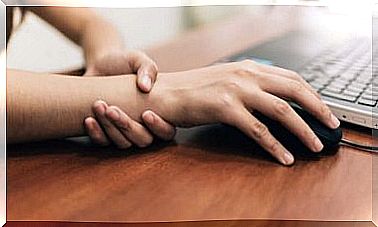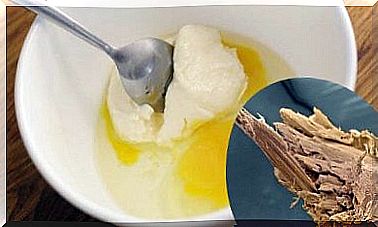First-aid Kit: These Things Shouldn’t Be Missing!
During a trip, nausea, digestive problems, rashes or minor injuries are common. If you have a first-aid kit to hand, you are well prepared for it!
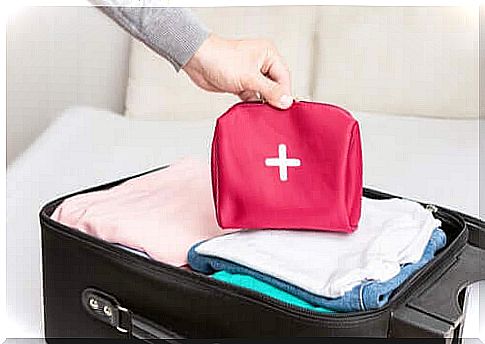
The first- aid kit must be designed individually because the holiday destination and the needs of the traveler must be taken into account. Factors such as the destination country, means of transport, age and general health play an important role.
Are you going to a rural area, a tropical country or are you going on a city break? The first-aid kit must also be adapted to the length of the journey and to possible complaints to which the traveler is particularly prone. Then we have some tips for you.
The first-aid kit: What you should consider
The most common complaints on a trip include:
- Travel sickness (technically kinetosis): Those affected suffer from nausea and nausea while traveling.
- Insect bites: This often leads to a rash.
- Indigestion
- Small injuries
In order to be able to treat these complaints, it is worthwhile to pack appropriate medication in the first-aid kit. Then you will find some practical recommendations.
Motion sickness or motion sickness
Nausea and nausea can occur in any means of transport. These symptoms can be aggravated if the person concerned is afraid of flying, for example. In addition to feeling unwell and vomiting, those affected often suffer from hyperventilation, sweating and dizziness.
The first-aid kit should therefore contain medication against nausea and dizziness. Dimenhydrinate (with or without caffeine) or meclozine are often used in this case. Meclozin works all day after a single dose, making it especially useful on long trips.
Dimenhydrinate can be taken several times a day if necessary, depending on the length of the trip. Children aged two years and over can also take this medicine.
However, you must always follow your doctor’s instructions when you are pregnant or breastfeeding. In these cases, after consulting your doctor, you can take ginger capsules or ginger chewing gum, for example.
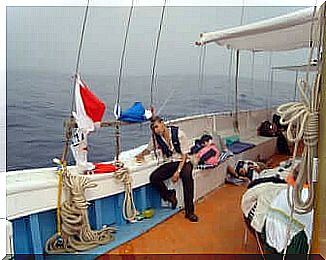
Insect bites and rashes
Insect bites or skin reactions from plants are very common, especially in tropical regions. Depending on the intensity, number and sensitivity of the person, an allergic reaction or a skin infection from scratching can also occur.
Prevention is therefore best. Put on long-sleeved T-shirts and pants, use a mosquito net and specific devices in the room to keep mosquitos out. Liquid insect repellants and an anti-mosquito bracelet should not be missing in the first-aid kit.
For treatment, you can pack a calamine lotion (with zinc oxide) or an antihistamine ointment. Ointments with Indian pennywort, marigold, everlasting flowers or specific essential oils are also helpful.
Remedy for digestive complaints in the first-aid kit
Eating habits change during a trip, which can often lead to indigestion. Gas, bloating, heartburn, or reflux are common problems. Diarrhea or constipation also occur again and again on vacation.
Therefore, your first-aid kit should contain an antacid to neutralize stomach acid. You can also opt for herbal remedies that can help you. There are many medicinal plants papaya, artichoke, milk thistle, fennel, aniseed or rhubarb that are very helpful in this situation.
Acute diarrhea or constipation
To stop diarrhea, pack electrolyte powder for rehydration in your first-aid kit. Probiotics are also recommended to rebuild the intestinal flora. Loperamide is also used for acute diarrhea.
If you are constipated, you will need a laxative such as bisacodyl, picosulfate, or a natural laxative with senna.
Material for the first-aid kit
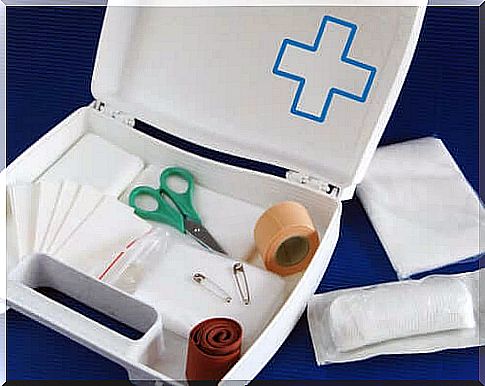
The first-aid kit must also contain supplies for treating small wounds, blisters, burns, sprains or other injuries. We recommend that you pack the following items:
- Physiological saline solution for cleaning wounds
- Disinfectants such as povidone iodine or chlorhexidine.
- Bandage material: sterile compresses, plasters, elastic bandages, adhesive plasters, support bandages
- Anti-inflammatory ointment for light and small burns
- After-sun lotion for light sunburn
- Cold pack
- Alcohol gel for disinfecting hands or surfaces
Problems such as sore throats, colds, fever, muscle aches or headaches can occur at any time. Therefore, your first-aid kit should also contain a pain reliever such as paracetamol. Don’t forget to pack throat tablets.
Final résumé
If you prepare your first-aid kit well, you can save yourself complications on vacation. If you have any doubts, it is best to seek advice from your pharmacist, who will help you choose the right medicines and bandages. Of course, the travel destination must be taken into account.
Travel insurance is also very important as more serious problems could arise during the trip. You can also find out about doctors and health centers in your travel destination.
